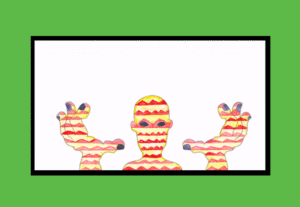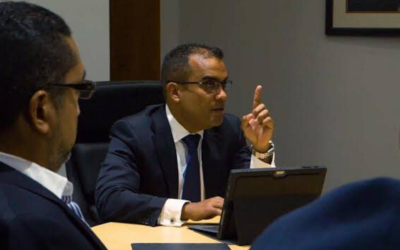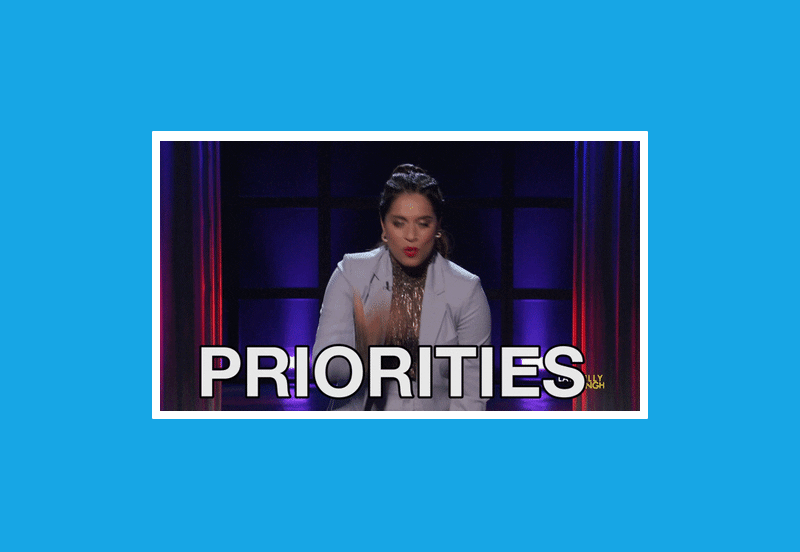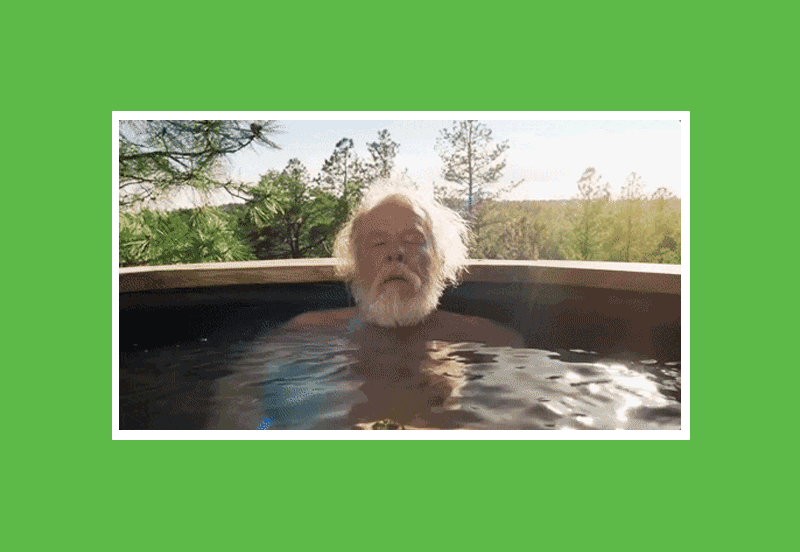Foundations of the Cultural / Orange Economy
Author: Sonja Dumas

In a recent video, T&T activist/artist Abeo Jackson takes on the role of champion of the arts, donning the persona of the traditional Trinidad and Tobago stick fighter with a forceful Midnight Robber-like talk mixed in for good measure. Performing to the “rapso riddim” style of popular group 3 Canal, she exhorts the national (regional?) community to understand the role of the artist in Caribbean society, and to understand the challenges of that community in the pandemic plight, where the gig economy has all but vanished. The main takeaway is that substantial support is necessary.
But as the performance also suggests, the art support problem in the English-speaking Caribbean didn’t begin with the pandemic. The fundamental problem is one of arts education and prioritization (or the lack thereof) since independence. In the 1960s, when most English-speaking Caribbean countries were granted independence from Britain, artists were encouraged to create narratives of unique, indigenous voices, and agency that fueled the narrative of new nationhood. But as time progressed, on a state level, the arts became the thing that was brought out to win votes 🗳️ or deliver optics for visiting dignitaries 👑. The systematic delivery of indigenous arts education programmes only started early in the twenty-first century in T&T with the introduction of a Theatre Arts curriculum in primary and secondary schools. That would be some forty years after independence.
What does arts education – especially of the local arts practice variety – have to do with the economic development of the creative sector – be it the performing arts, visual arts 🖼️, literary arts 📕, design, architecture, digital design 💻, etc.? For one, it delivers a sense of place, which, in turn, delivers a competitive advantage. How? By grounding creative thinkers in their own history and aesthetics, which could lead to new ways of thinking about established creative practice. At the end of the day, this leads to a unique selling proposition, and all of us in the business world should know what kind of gold and platinum that is. So the investment begins where all investment begins – in the infrastructure. Only this time, it’s not big buildings or tall oil rigs – it’s creative infrastructure. Gives new (commercial) meaning to the phrase “know your culture”.




